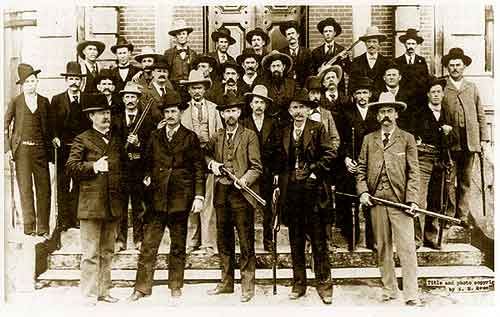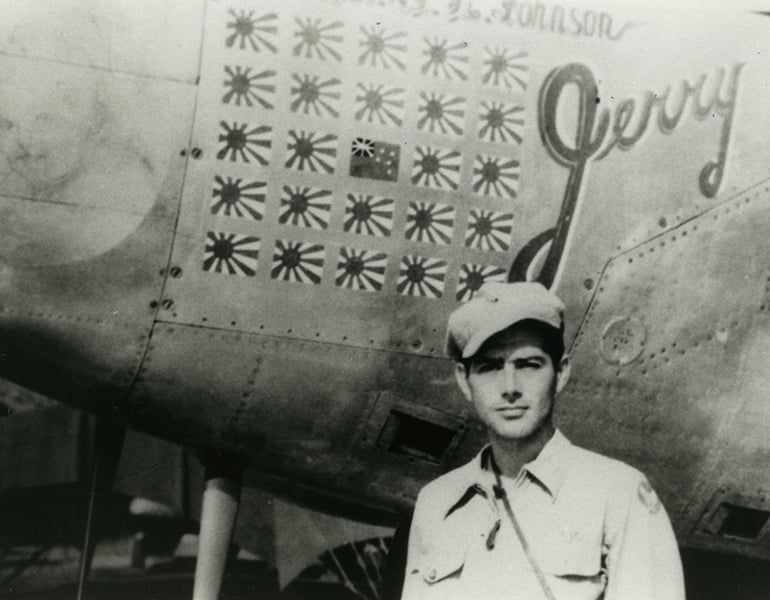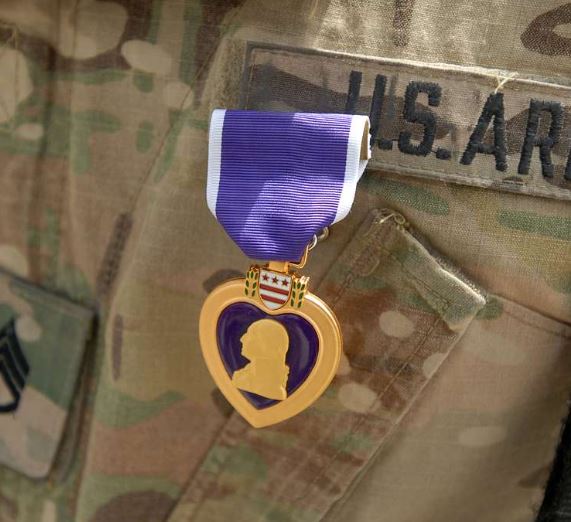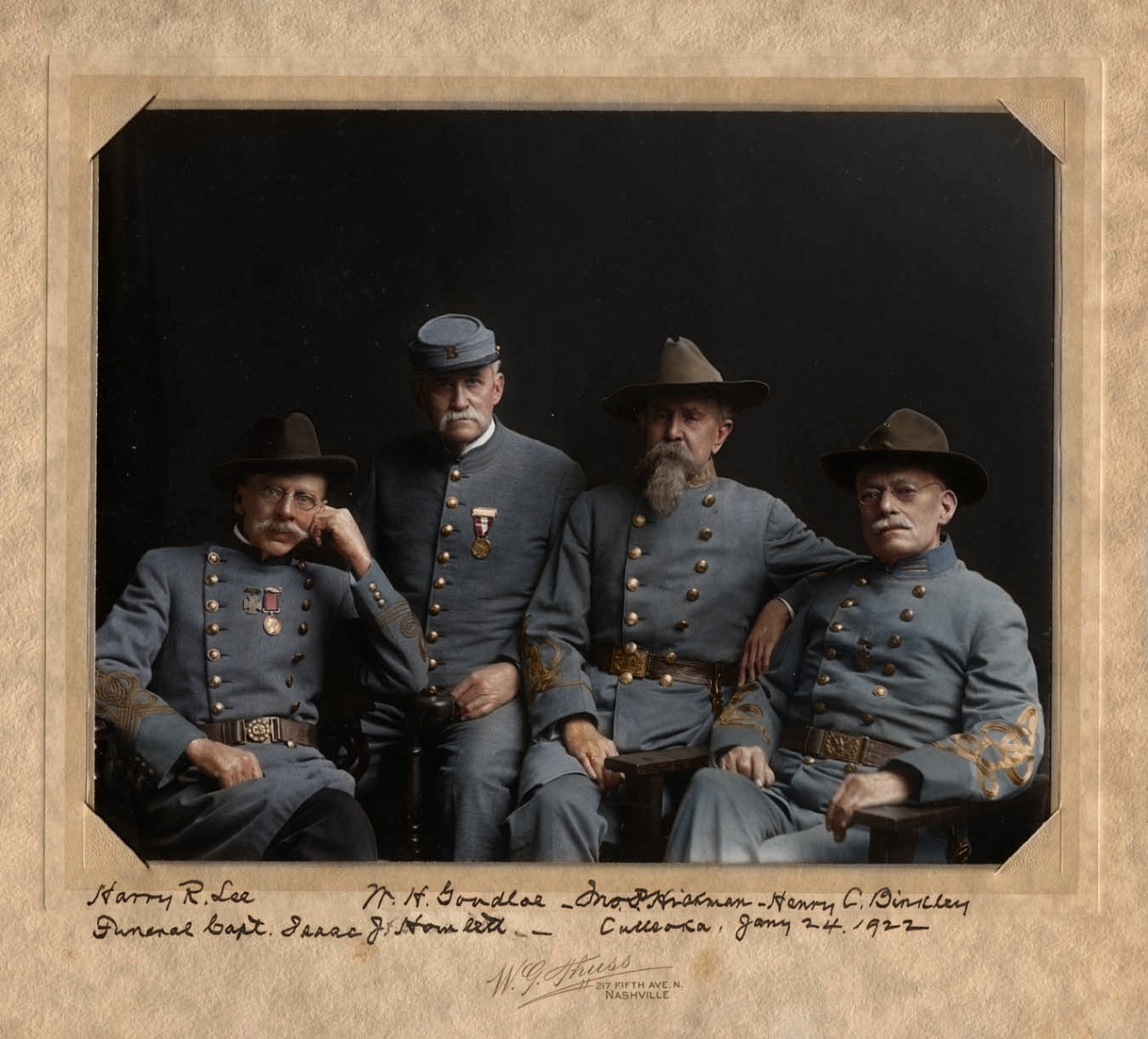The Confederate Medal of Honor was created by the Sons of Confederate Veterans to award gallantry and bravery during the Civil War. This decoration was created as a response to the Medal of Honor not being meant for Americans who fought for the South. The Confederate Medal of Honor is little known but it is bestowed by the Sons of Confederate Veterans for those whose bravery in battle can be proven.
What is the Confederate Medal of Honor?
The Confederate Medal of Honor is an award created in 1977 and meant for Americans who fought for the South during the Civil War. In order to (posthumously) receive the award, a person has to prove bravery in battle to the private group’s satisfaction. The medal was created to honor incredible acts that had received little or no recognition during and after the war.
The Origins of the Confederate Medal of Honor
There is a Civil War-era precedent for the Confederate Medal of Honor: In 1862, Confederate President Jefferson Davis signed a law authorizing medals for courage on the battlefield. However, none was issued because Gen. Robert E. Lee refused to award individual citations for valor and used, instead, noteworthy performance mentions.
What Does the Confederate Medal of Honor Look Like?
The medal is a 10-pointed star (or two 5-pointed stars superimposed on each other) and is struck in silver and bronze. It bears the Great Seal of the Confederate States and the inscription “Honor. Duty. Valor. Devotion“. Museums and libraries can be sent and display the medals, provided they do so properly.
Who Received the First Confederate Medal of Honor?
The first person awarded the medal was Pvt. Samuel Davis of Smyrna, Tennessee. He was captured by Union troops and hanged in 1863 as a spy. He was only 21.
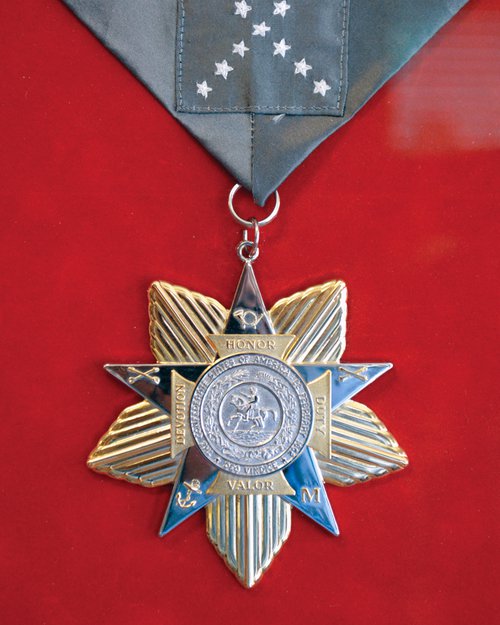
Controversies Surrong the Confederate Medal of Honor
Not everyone agrees Confederate soldiers should be awarded medals. For example, Hancock Town Councilman Sinclair Hamilton equated honoring Confederates to endorsing slavery. However, many believe it’s wrong to stereotype Confederate fighters as those wishing to retain slavery. Most of the men awarded the Confederate Medal of Honor show extraordinary character. For example, James Breathed was given one because he kept a cannon from falling into enemy hands with little regard for his own safety (two horses were actually shot out from under him during battle).
The Congressional Medal of Honor Society (which represents U.S. Medal of Honor winners) has said they don’t endorse the program but don’t mind its existence provided the Sons of Confederate Veterans call this medal the Confederate Medal of Honor and not the Medal of Honor.
Contacting the Sons of Confederate Veterans
The SCV is the oldest hereditary organization for male descendants of Confederate soldiers. The group is based in Columbia, Tennessee, and has 29,000 members. They are a patriotic, historical, benevolent, fraternal, and non-political group. They don’t embrace or espouse acts or ideologies of racial and religious bigotry and condemn the misuse of sacred symbols and flags. membership is open to all male descendants of Confederate armed forces veterans.
Appying for a Confederate Medal of Honor
You can apply for the Confederate Medal of Honor through the Sons of Confederate Veterans group. Most recommendations are derived from the Confederate Roll of Honor.
Recipients must be shown to have “distinguished themselves conspicuously by gallantry, bravery, and intrepidity at the risk of life, above and beyond the call of duty, while engaged in action against the enemy of the Confederate States of America.”
List of Confederate Medal of Honor Recipients
The Confederate Medal of Honor has been awarded 50 times since its establishment in 1977. This is quite a small number compared to the 3,487 Medals of Honor roll, which includes about 1,500 soldiers who fought for the Union. The reason is, according to the Sons of Confederate Veterans, is that their medal is given less freely. The recipients of the Confederate Medal of Honor are usually low-to-middle-ranking figures.
Notable recipients include:
Maj. Gen. Camille de Polignac
Maj. Gen. Patrick R. Cleburne (KIA)
Robert Wyche Davis (Later a member of the U.S. House of Representatives from Florida for 8 years)
Brig. Gen. Wade Hampton III (Later promoted to Lt.Gen. of the Cavalry Corps Army of Northern Virginia)
Brig. Gen. W. Dorsey Pender (KIA) West Point Class of 1854
Brig. Gen. Richard B. Garnett (KIA) West Point Class of 1841
Brig. Gen. Thomas Green (KIA) As a major, commanded the artillery at the Battle of San Jacinto under General Sam Houston.
Col. Nathan Bedford Forrest (Later promoted to Lt.Gen. of the Cavalry Corps Army of Tennessee)
Col. Henry K. Burgwyn (KIA) VMI Class of 1861
Capt. Isaac Newton Brown, CSN of the CSS Arkansas
Lieut. (acting Capt.) Charles William Read, CSN for a raid with 21 sailors that destroyed or captured 21 U.S. ships.
Maj. John Pelham (KIA) West Point Class of 1861 (Posthumously promoted to Lt.Col. as J.E.B. Stuart‘s artillery chief)
Maj. Henry Wirz
Capt. John Singleton Mosby (Later promoted to Col. of the 43rd Virginia Cavalry)
First Lieut. Richard W. Dowling (Later promoted to Maj. of the 1st Texas Artillery) for the Second Battle of Sabine Pass
David Owen Dodd
The entire 8-man crew of the CSS H.L. Hunley (KIA)
Nurse Juliet Opie Hopkins (WIA in 1862)
Further Reading About the Medal of Honor and American Military History
-
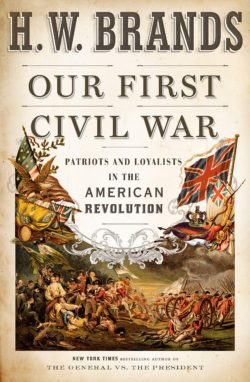
Our First Civil War: Patriots and Loyalists in the American Revolution
$20.51 Get it from Amazon -
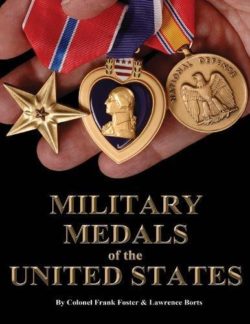
A Complete Guide to United States Military Medals, 1939 to Present
$31.98 Get it from Amazon -
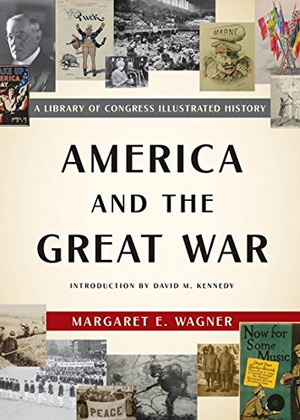
America and the Great War: A Library of Congress Illustrated History
$16.67 Get it from Amazon -
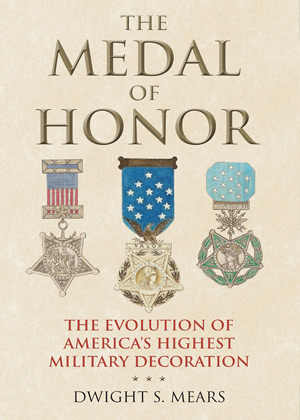
The Medal of Honor: The Evolution of America’s Highest Military Decoration
$39.95 Get it from Amazon

